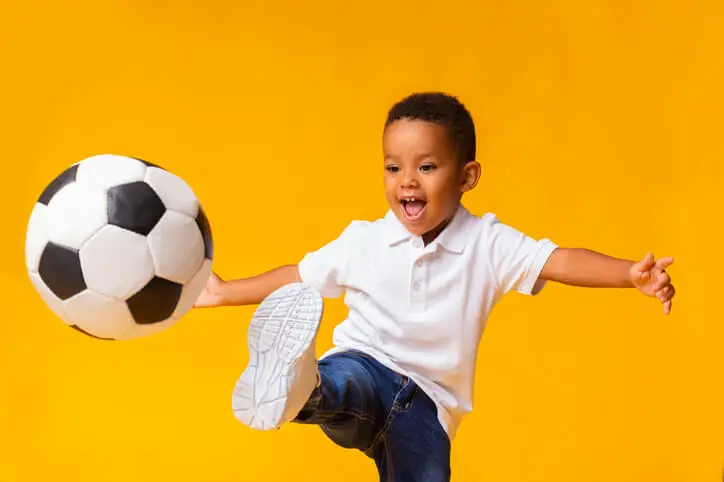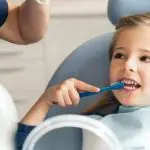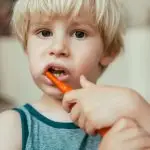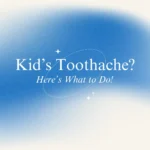Dental Trauma: How to Protect Your Child’s Teeth from Accidental Injuries
Children are full of energy and always on the go, which can lead to accidental injuries, including dental trauma. Whether they are playing sports, riding their bike, or just running around the playground, children are prone to falls and other mishaps that can cause damage to their teeth. As a parent, it’s essential to understand the risks of dental trauma and how to protect your child’s teeth from potential injury.
What is Dental Trauma?
Dental trauma is any injury to the teeth or surrounding tissues, such as the gums or lips. Common types of dental trauma include:
- Fractured or broken teeth
- Dislodged or knocked-out teeth
- Injuries to the lips, tongue, or gums
- Damage to the dental pulp, which can cause pain and sensitivity
Various factors, including falls, sports injuries, car accidents, and other mishaps, can cause dental trauma. Children are particularly vulnerable to dental trauma, as they are still developing their coordination and may not fully develop their sense of balance and spatial awareness.
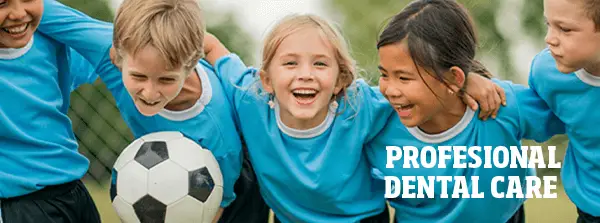
Preventing Dental Trauma
Preventing dental trauma starts with being proactive and protecting your child’s teeth. Here are some tips to help prevent dental injuries:
1. Wear Protective Gear
If your child plays sports, wear the appropriate protective gear, such as a mouthguard or helmet. This can help protect their teeth and prevent serious injuries.
2. Supervise Playtime
When your child is playing outside or engaging in other physical activities, make sure you are supervising them to ensure their safety. If riding their bike or scooter, ensure they are wearing a helmet and have proper safety equipment.
3. Avoid Chewing on Hard Objects
Please encourage your child to avoid chewing on hard objects, such as ice or hard candy, which can cause damage to their teeth.
4. Teach Proper Dental Hygiene
Proper dental hygiene is vital for maintaining healthy teeth and gums. Ensure your child is brushing their teeth twice daily and flossing regularly to help prevent decay and other dental issues.
5. Visit the Dentist Regularly
Regular dental check-ups are essential for maintaining healthy teeth and catching potential issues early. Ensure your child visits the dentist every six months for a check-up and cleaning.
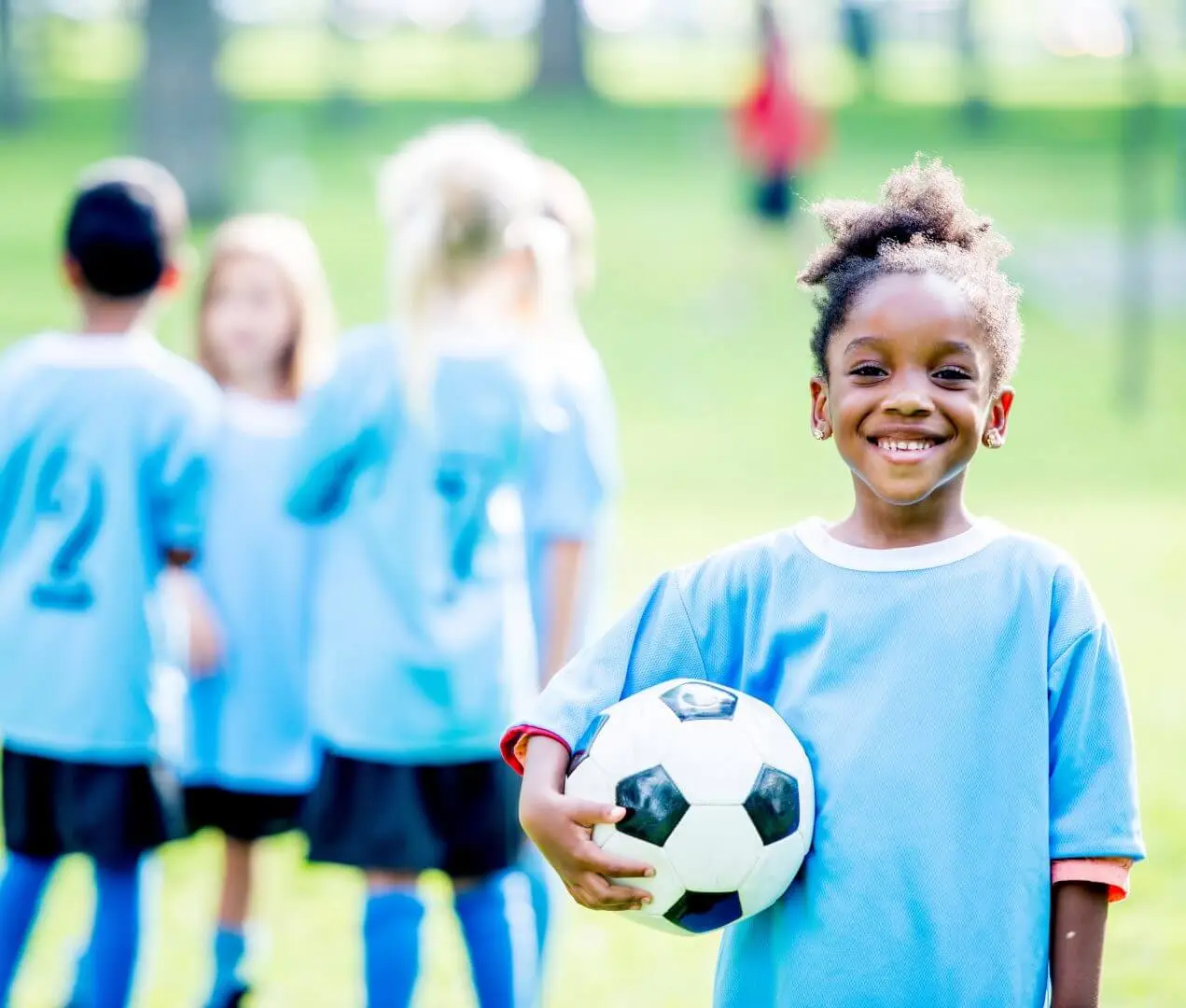
What to Do If Your Child Experiences Dental Trauma?
If your child experiences dental trauma, you should first assess the injury’s severity. Is there bleeding, a loose tooth, or damage to the gums or surrounding tissue? Depending on the type and severity of the injury, you may need to seek immediate dental care. If there is significant bleeding, go to the emergency room. Give your child something cold to eat or drink to help reduce swelling, and make an appointment with your dentist as soon as possible.
Occasionally, dental trauma may cause a tooth to fracture or chip. If this is the case, rinse your child’s mouth with warm water and apply a cold compress to reduce swelling. Save any broken pieces, if possible, and bring them to the dentist. The dentist will assess the damage and determine the best course of treatment, which may include bonding, a crown, or root canal therapy.
Dental trauma can be a scary experience for children and parents, but it’s important to remain calm and take the proper steps to ensure the best outcome for your child’s dental health. Seeking prompt dental care and following the above guidelines can help save your child’s tooth and preserve their smile for years. For any questions, call your pediatric dentist in Los Angeles, South Gate, Santa Fe Springs, Panorama City immediately!
Little Kids Dentistry
See also:
- Early Childhood Caries (ECC): What You Need to Know to Keep Your Child’s Teeth Healthy
- Should You Pull Your Child’s Loose Tooth?” A Guide to Children’s Dentistry
- 4 Ways To Keep Your Children’s Teeth Healthy This Winter 2023
- 5 Proven Benefits of Using Mouthwash for Children
- The 3 Most Important Ages for Children to See a Dentist
- Starting the New Year With Proper Dental Care!
- 5 Holiday Meals That Are Healthy For Children’s Teeth
